Establish Financial Resilience during Covid-19
During a crisis, one of the biggest threats for companies is going bankrupt due to lack of cash to cover the immediate expenses. This bankruptcy can...
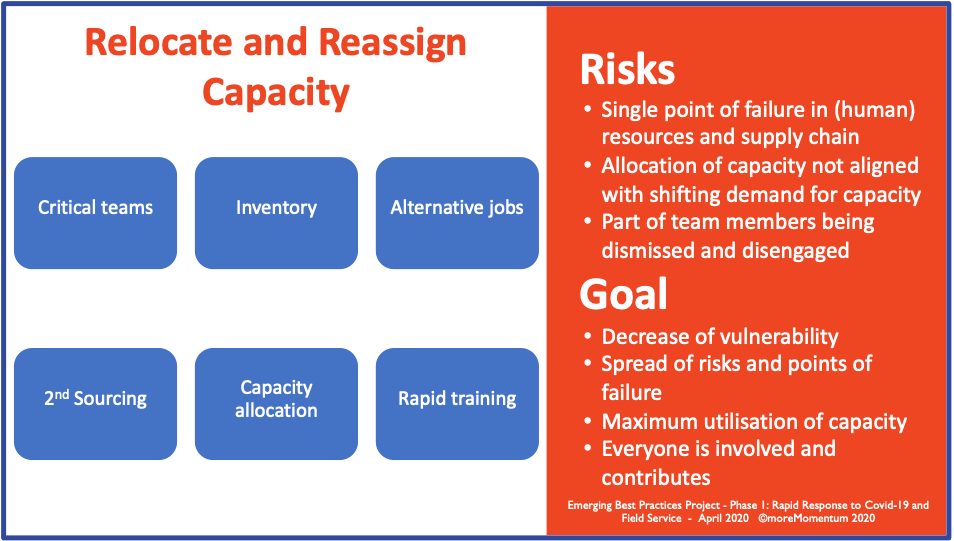
In the past decades, an important focus used to be efficiency and scalability. This has led to consolidation and concentration of many functions, suppliers and service providers. In times of crisis and disruption, the downside of this could be a higher vulnerability to events like travel bans, lock-down of countries, companies going bankrupt, scarcity of goods and many more.
COVID-19 as well as measures from national governments and individual companies will impact your business and the business of your clients, vendors, partners and service providers. What kind of impact and the extent thereof depends on your industry and varies per country and in time.
Whatever the situation is for your business, it will require some serious adjustments to meet the changing demand, to secure the continuity of support to your clients and to secure the continuity of your operations.
This is one of the 3 main sections from the "Ultimate Guide for Phase 1 - Rapid Response to Mitigate the Immediate Impact of Covid"
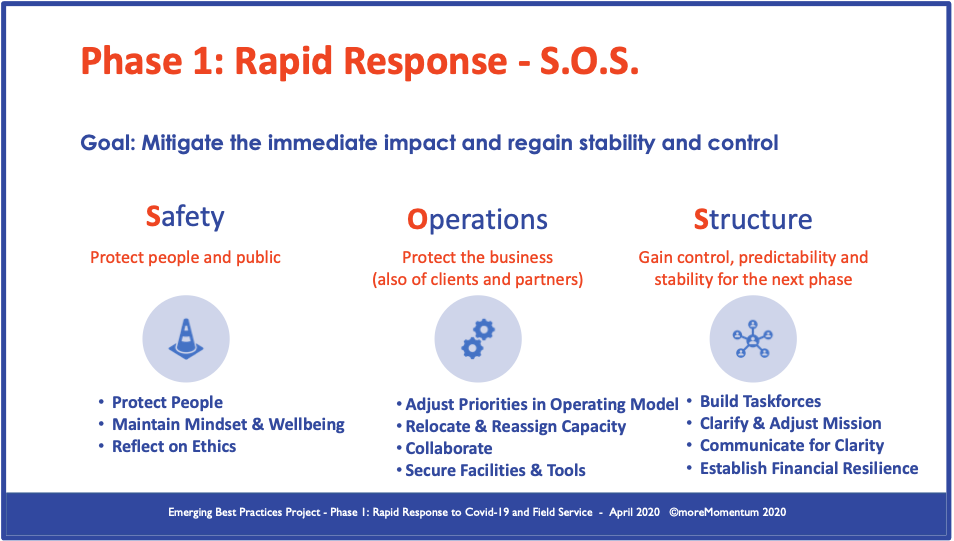
Regarding Relocate and Reassign Capacity:
In the past decades, an important focus used to be efficiency and scalability. This has led to consolidation and concentration of many functions, suppliers and service providers. In times of crisis and disruption, the downside of this could be a higher vulnerability to events like travel bans, lock-down of countries, companies going bankrupt, scarcity of goods and many more.
This article concentrates on short-term interventions to distribute capacity in times of crisis like the COVID-19 outbreak. Potential longer-term adjustments to achieve more resilient and anti-fragile operating models will be covered in phase 2 – Review & Outlook and Phase 3 – Redesign & Innovate.
Risks to address
Goal
Main aspects
Critical teams
A big risk for business continuity during a virus outbreak is entire teams with critical functions dropping out because they are infected. Examples of such teams are management and leadership teams, technical expert teams (3rd line support), process develop teams and help desk and field service engineers.
Measures you can take to avoid a high level of infections and drop out in such teams are:
Inventory
A central inventory of spare parts and tools for an internationally operating manufacturer can impact the availability of spare parts for certain regions, because of limitations of logistic service providers and closed country borders.
Spreading the inventory over multiple locations across multiple countries and regions will increase your flexibility to find a way to get spare parts to certain countries.
Alternative jobs
Whatever changes in demand and availability of resources for critical functions, the chances are big that a large part of your team members will have too little work to do. Instead of allowing them to sit at home with hardly any work, it will be beneficial for the entire business as well as the engagement of these team members to still be involved and active.
Some of the leading manufacturers established a practice of maintaining a list of alternative jobs from which people can pick work to execute. Examples are;
Particularly when spare parts come from one or a few suppliers or from your own factories, the spare parts availability will be at higher risk during the crisis.
Leading manufacturers rapidly established the following practices to secure spare parts availability as much as possible;
Some of them were already working on this before the COVID-19 crisis, as their vision was to avoid single sources of failure anyway.
Capacity Allocation
Certain team members and functions in your business will see a drop of the workload while others may see an increase, maybe combined with a drop of the capacity.
This can lead to an undesirable and critical mismatch between demand and supply of capacity.
An important measure is to reassign team members to other jobs where the workload is (temporarily) high. Examples are;
Rapid Training
For many team members their jobs will change completely during the crisis or they will at least see serious changes in dynamics and challenges.
Examples are;
Download the full Guide for Phase 1 - Rapid Response
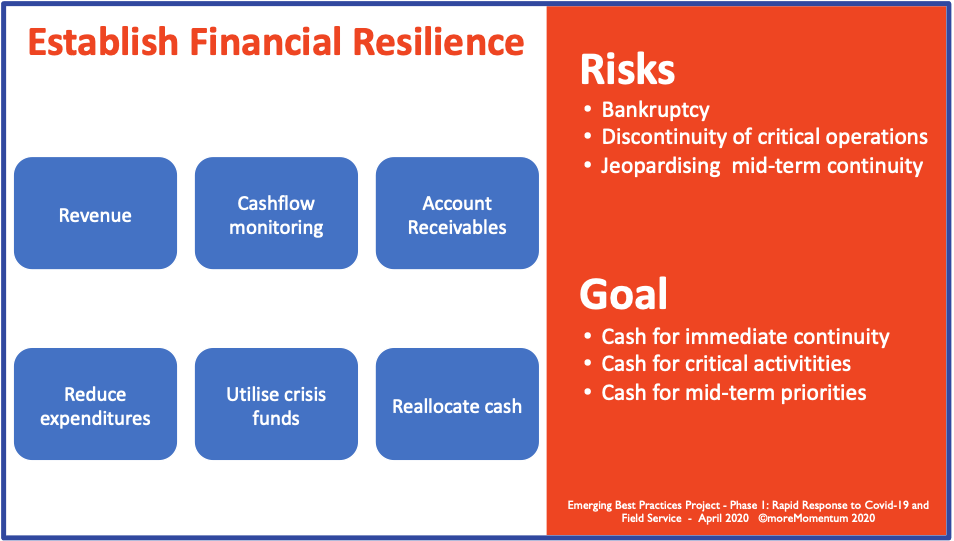
During a crisis, one of the biggest threats for companies is going bankrupt due to lack of cash to cover the immediate expenses. This bankruptcy can...
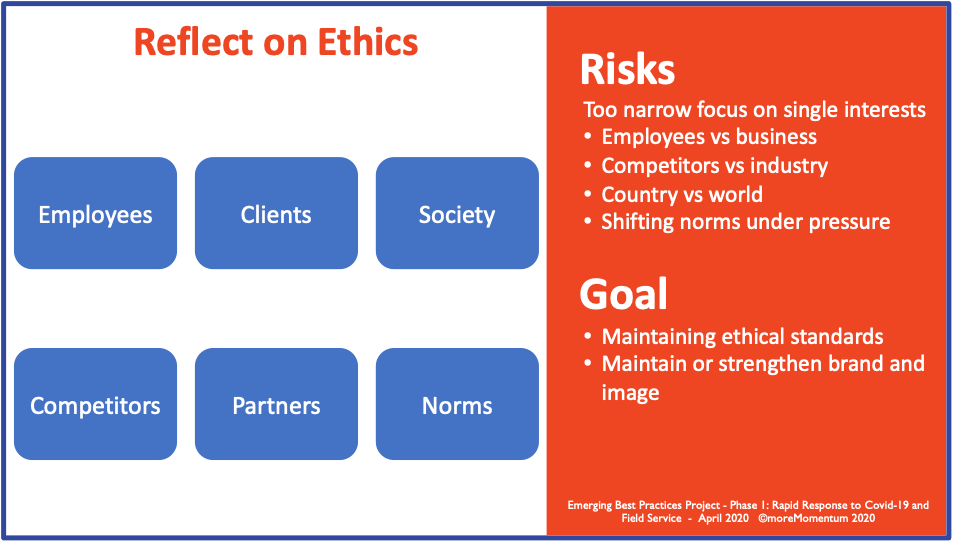
Also in difficult times, we want to do the right things right, because; It is the right thing, obviously We need to maintain the integrity of our...
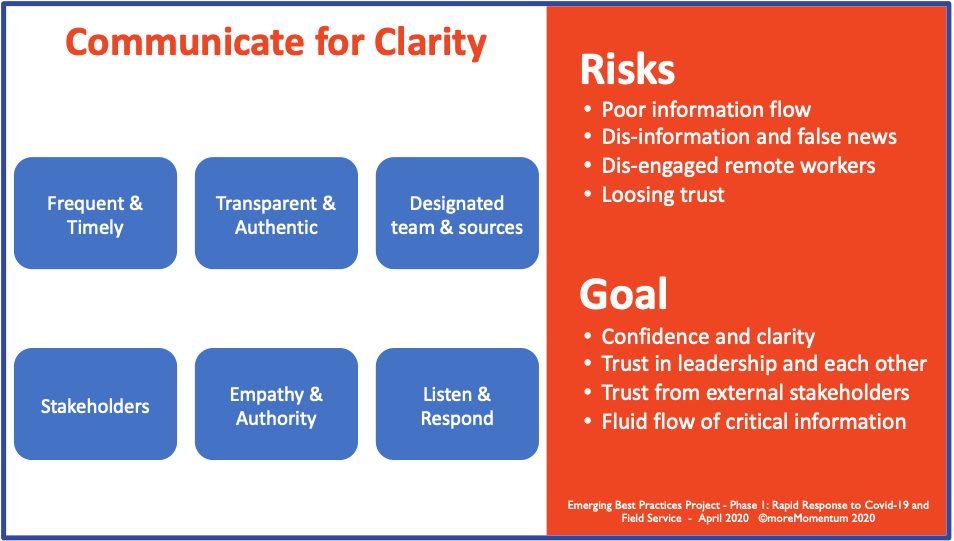
This is a tough one. We already know that communication is important and often recognise that poor communication is the reason something fails. This...